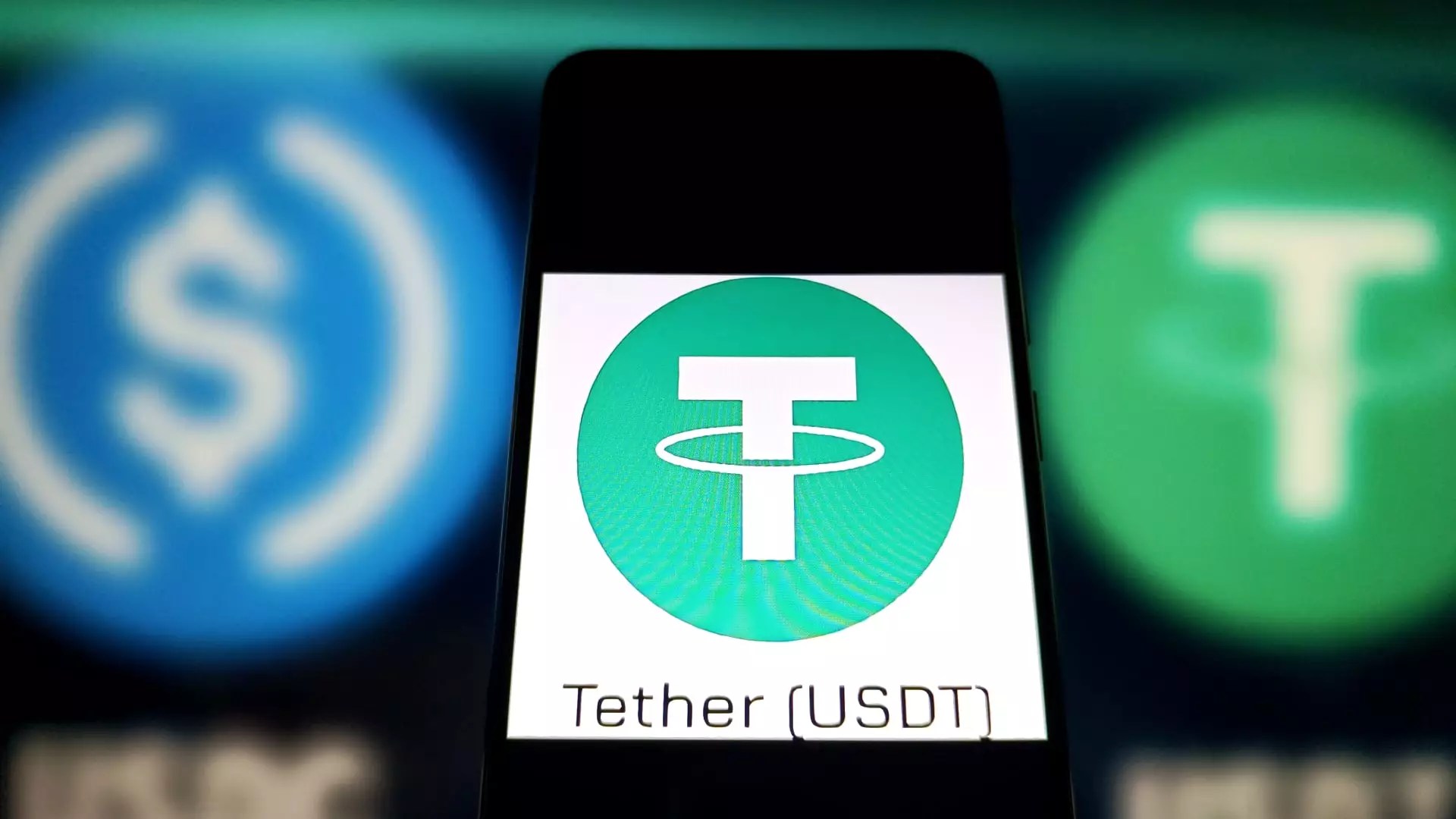On a pivotal Wednesday, Hong Kong made waves in the cryptocurrency landscape by passing a bold stablecoin bill designed to enhance its existing virtual asset regulatory framework. With this move, Hong Kong aims to establish itself as a safe haven for stablecoins, which hold their value by linking them to fiat currencies or other real-world assets like gold. Unlike the rampant volatility of cryptocurrencies like Bitcoin, stablecoins present a more stable and reliable entry point for individuals and institutions cautious about digital assets.
The law mandates that stablecoin issuers obtain licenses from the Hong Kong Monetary Authority (HKMA), ensuring that these issuers uphold strict criteria, including asset reserve management and client asset segregation. This well-thought-out framework is not just regulatory red tape; it serves as a bulwark against the kind of financial chaos that has plagued the broader cryptocurrency market. By requiring oversight and accountability, Hong Kong could set a powerful precedent for how stablecoins should operate globally.
From Regulation to Revolution
Hong Kong’s decision to regulate stablecoins isn’t simply an administrative flick; it is a declaration of war against the perceived lawlessness of cryptocurrency markets. Government authorities across the globe—including in the U.S., the European Union, and Asia—are waking up to crypto’s potential but are also keenly aware of the risks it poses. More than ever, stablecoins are emerging as the backbone of this burgeoning industry, paving the way for broader adoption of digital assets.
YeFeng Gong, a notable figure in the local crypto scene, emphasizes that this new legislation could position Hong Kong as a vanguard in compliant digital finance. The implications of this legislation extend well beyond the territory’s borders. By fostering financial stability and encouraging innovation, Hong Kong could ignite a broader financial revolution that sweeps through Asia and potentially across the globe.
The Call for International Collaboration
As multiple jurisdictions ramp up efforts to establish regulatory frameworks for stablecoins, the question arises: can international collaboration streamline this process? Hong Kong’s proactive approach has opened the door for other regional powers to engage in cooperative regulatory practices that could lead to a more integrated global marketplace.
Chengyi Ong of Chainalysis predicts that these regulations will bolster both the legitimacy and adoption of cryptocurrencies. Should other countries follow suit, aligned regulatory frameworks could facilitate faster cross-border payment systems, reduce friction, and ultimately democratize access to financial systems long dominated by centralized entities.
In today’s global marketplace, where economic crises can ripple across continents in the blink of an eye, stablecoins could play a transformative role by providing the stability traditional finance struggles to maintain.
A New Era for Retail Investors
For retail investors, the uncertainty surrounding cryptocurrencies often leads to anxiety and skepticism. However, with the introduction of stringent regulations in markets like Hong Kong, the potential for a stable and secure trading environment is not just aspirational; it is now tangible. As this bill becomes law and more firms adhere to the regulatory requirements, investors could finally feel empowered rather than at the mercy of market fluctuations.
The recent moves in Hong Kong are especially relevant given the context of the U.S. Senate’s advancement of the GENIUS Act. This act seeks to establish a regulatory framework for stablecoin issuers, affirming that the push for robust regulations isn’t just an isolated phenomenon. This alignment among global markets could foster an ecosystem where reliable, compliant digital currencies thrive.
The Future of Cryptocurrency is Bright
Ultimately, Hong Kong’s stablecoin legislation has ushered in a new paradigm for both issuers and investors. As the regulatory landscape becomes clearer, the opportunity for innovation looms large. The market cap of stablecoins currently hovers around $232 billion, indicating that this segment of the cryptocurrency market is far from stagnant. Instead, it is on the precipice of explosive growth—a growth that could bring unprecedented opportunities for global finance.
While inevitabilities like government regulation are often met with resistance, the truth remains that sensible frameworks can create environments conducive to both safety and innovation. As Hong Kong blazes its trail, other jurisdictions would do well to take notes and act, lest they end up lagging behind in this fast-evolving digital age.


Leave a Reply